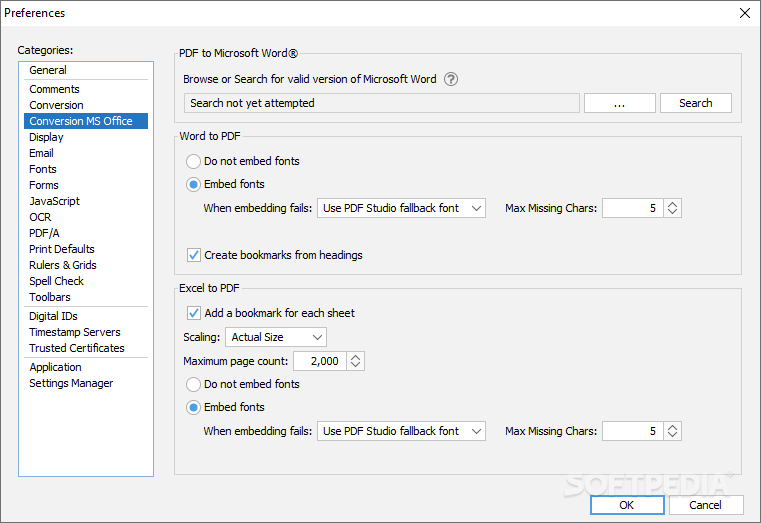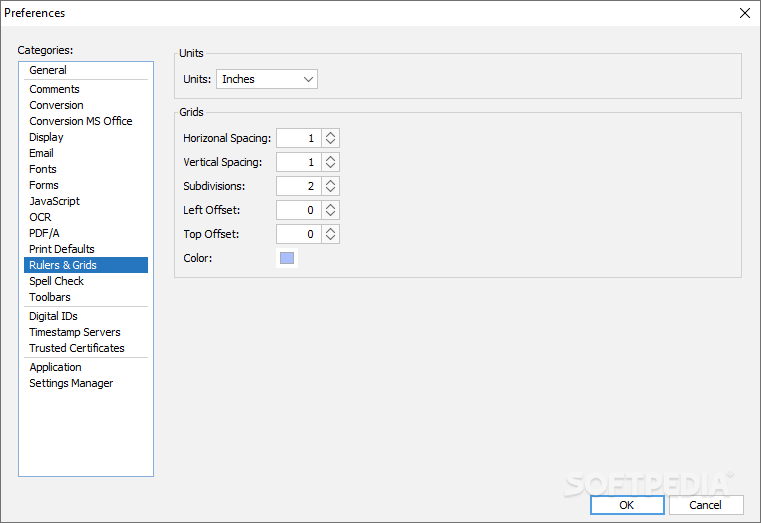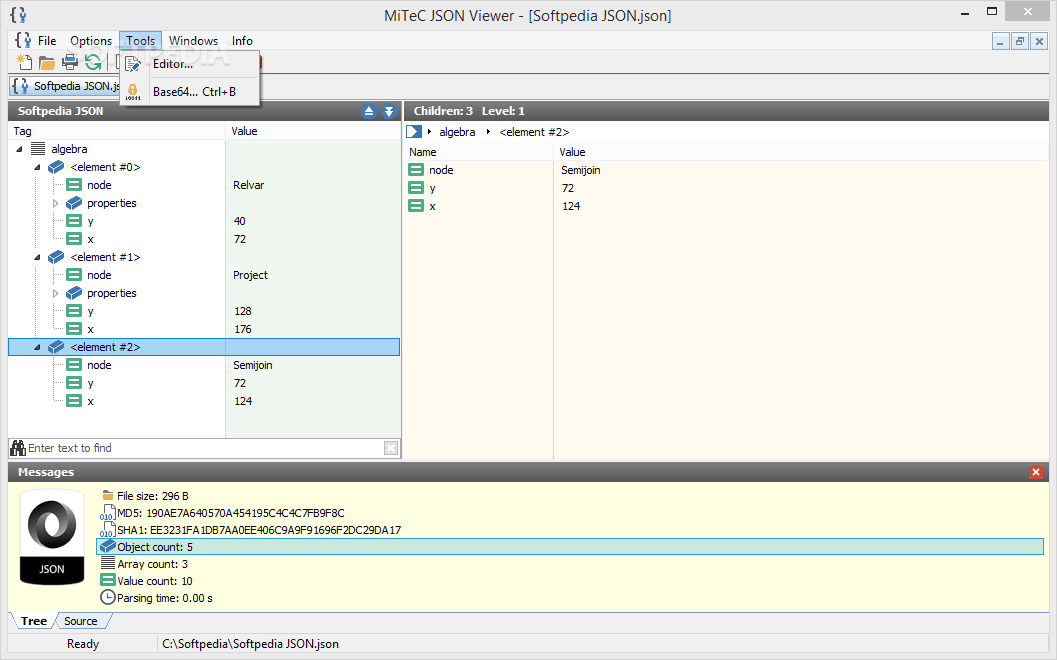

TCP/IP and joining the servers to your Active Directory domain is outside the scope Instance on a Windows Server 2016 failover cluster the traditional way - with Activeĭirectory-joined servers and shared storage for the SQL Server databases. In this series of tips, you will install a SQL Server 2016 failover clustered The workloads running on top of the existing WSFC. With minimal to no downtime reduces the need for additional hardware requiredįor side-by-side migration and upgrades and extra effort reinstalling and configuring Upgrades from Windows Server 2012 R2 to Windows Server 2016 failover clusters
This enables creation of highlyĪvailable storage from locally attached storage that can be used for SQL Server Replication without the need for proprietary storage-based replication technologyĪllows for easier deployments of SQL Server failover clustered instances forīoth local high availability and disaster recovery. Unhealthy nodes are quarantinedĪnd no longer allowed to join the WSFC, preventing them from negatively affecting Option than having a dedicated third data center. The ability to placeĪ witness in Azure blob storage for multi-site WSFC deployments makes it a cost-effective Witness type using Azure Blob Storage.Of site-awareness for multi-site WSFCs, the quorum configuration now interacts Site-awareness for quorum configuration.Local high availability or for disaster recovery. Nodes can now be grouped according to their physical locations - whether for

Geographically dispersed WSFCs starting with Windows Server 2008, failover cluster This enables you to deploy WSFC without an Active Directory domain.

Not much has changed with the installationĪnd configuration but newer features were introduced that made Windows Server 2016 Windows Server 2008 has made installation and configuration of failover clustersĪ lot easier compared to previous versions of Windows Server, making it the standardįor the setup experience for later versions.


 0 kommentar(er)
0 kommentar(er)
